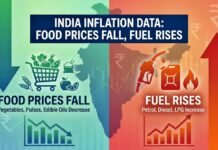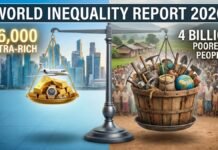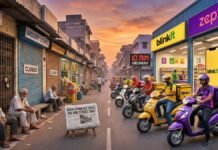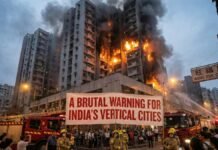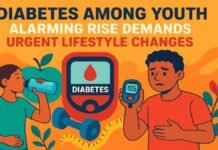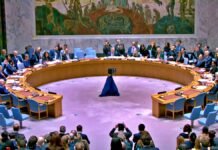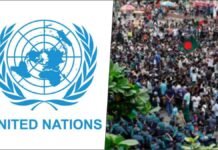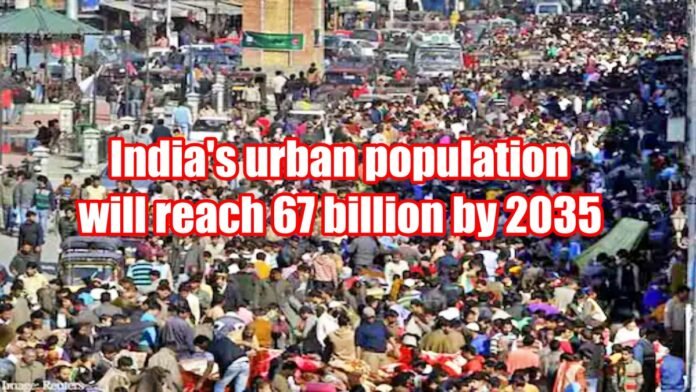
United Nations: India’s urban population is projected to grow to 675 million by 2035 and the country will be second only to China’s one billion urban population. This is stated in a United Nations report. According to the report, after the Covid-19 epidemic, the number of people living in cities in the world has reached its previous level and it is expected to increase by 2.2 billion by 2050.
The United Nations released a report on urbanization in the world and said that the rapid urbanization has had a temporary effect on the Covid-19 epidemic and its pace has slowed down for only a short time. It states that the global urban population has fallen to the previous level and is projected to increase by 2.2 billion by 2050.
According to the report, India’s urban population is projected to reach 67,54,56,000 in 2035 from 48,30,99,000 in 2020. At the same time, it is likely to be 54,27,43000 by 2025 and 60,73,42,000 by 2030. It states that by the year 2035, the percentage of people living in urban areas will be 43.2 percent of the total population. The report says China that by 2030 there will be an urban population of 1.05 billion. Whereas the population of people living in cities in Asia will be 2.99 billion. In South Asia, this number will be 98.76 million.
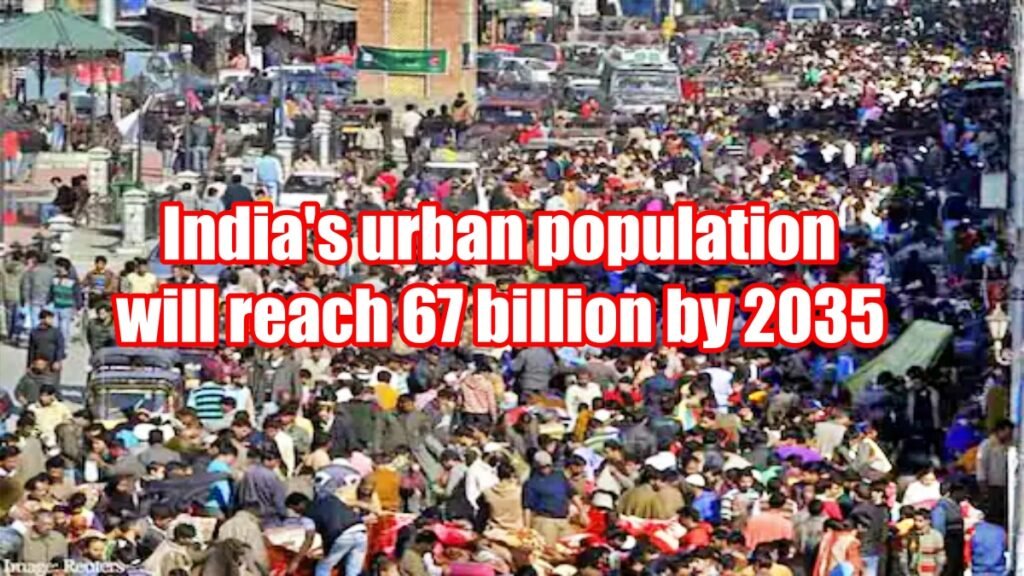
According to the UN report, large economies such as China and India account for a large share of the global population and economic growth in these countries has positively affected global inequality. It said, “The economic growth and urbanization of China and India have increased rapidly in Asia over the past two decades. This has significantly reduced the number of people living in poverty.” According to the report, the existing urban population will continue to grow as birth rates increase, especially in low-income countries.
With this, the number of people living in cities is projected to reach 68 percent of the total global population by 2050, which is currently 56 percent. It states that poverty and inequality are one of the most difficult and complex problems facing cities.



